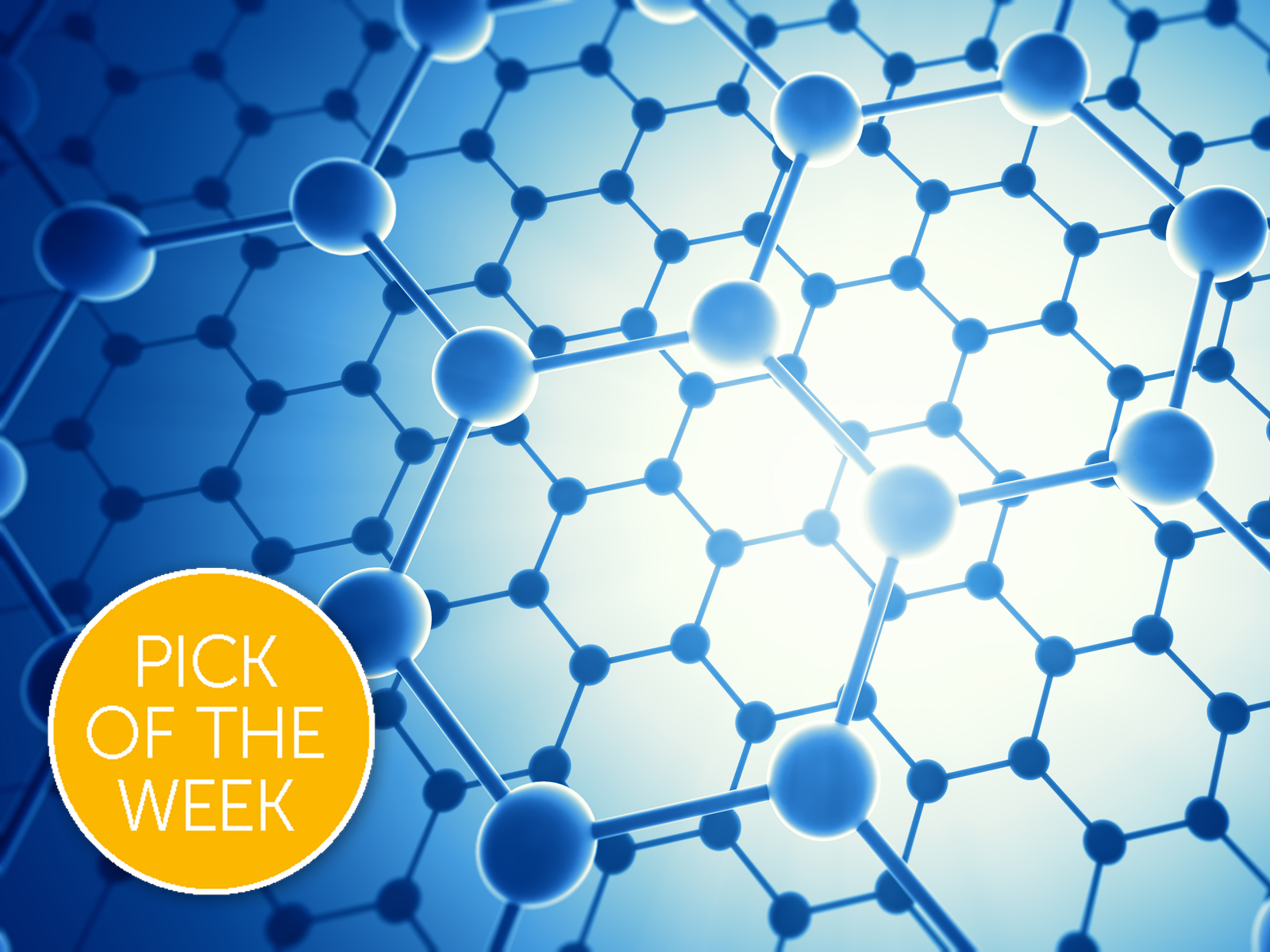Breakthroughs in graphene synthesis

Picture: © Shutterstock
ChemSci Pick of the Week
Scientists in Brazil have made the largest chemically synthesised graphene sheet ever reported.
Graphene – single-atom-thick sheets of carbon – is a material that has seemed full of possibilities since it burst onto the scene in 2004. Not only is it the strongest material ever tested, but its ability to conduct heat and electricity means it could be used in everything from phone screens to batteries.
Professor Aldo Zarbin, from Universidade Federal do Paraná in Brazil, has been researching graphene-like materials for 20 years: “My personal motivation is based on the beautiful chemistry behind these so-called carbon nanostructures, and how we can modulate their properties by different chemical modifications. I’m fascinated by the myriad of different properties of these materials, and the strong structure/property relationships they exhibit.”
In spite of all its promise, graphene has yet to see widespread use, because of the difficulty of actually making it. The most common method is chemical vapour deposition (CVD), in which certain compounds are decomposed by heating, and the resulting carbon is deposited onto a metallic sheet. This method can be used to make large sheets of graphene, but creates problems when it comes to separating the graphene sheet from the metal. The sheet can easily be damaged or contaminated when removing it from the metal. Not only that, but CVD requires high temperatures and pressures in order to work.
Another method of making graphene is by chemical synthesis – that is assembling the sheets from simple carbon-containing molecules via chemical reactions. This has been attempted several times, but the resulting graphene sheets have been extremely small – of the order of millionths of a millimetre.
Now, working with a team across several universities in Brazil, Professor Zarbin has managed to make graphene sheets that are positively huge in comparison – of the order of micrometres. That is several thousandths of a millimetre.
The team started with six-membered carbon rings – hexane and benzene – in a flask containing water and an organic (oil-like solvent). They added iron chloride as a catalyst, and stirred the mixture at room temperature for three hours.
As you would expect, the two liquids – water and the organic solvent – don’t mix, and it is at the interface between the two liquids that the reaction happens. At the end of three hours Professor Zarbin and his team saw a grey film at the interface between the two liquids. They could then transfer the film to a flat surface such as silicon or glass.
It’s incredibly simple, and really opens up possibilities for cheap, large-scale production of graphene. "If the preparation route described here can be optimized and scaled-up, it should be extended for a massive production of graphene," says Professor Zarbin. "This means that real products can start to be produced, in a cheaper way than the current ones, which can decrease the costs of any device or system based on graphene."
This article is free to read in our open access, flagship journal Chemical Science: Lais C. Lopes et al., Chem. Sci., 2018, Advance Article. DOI: 10.1039/C8SC02818D. You can access all of our ChemSci Picks in this article collection.